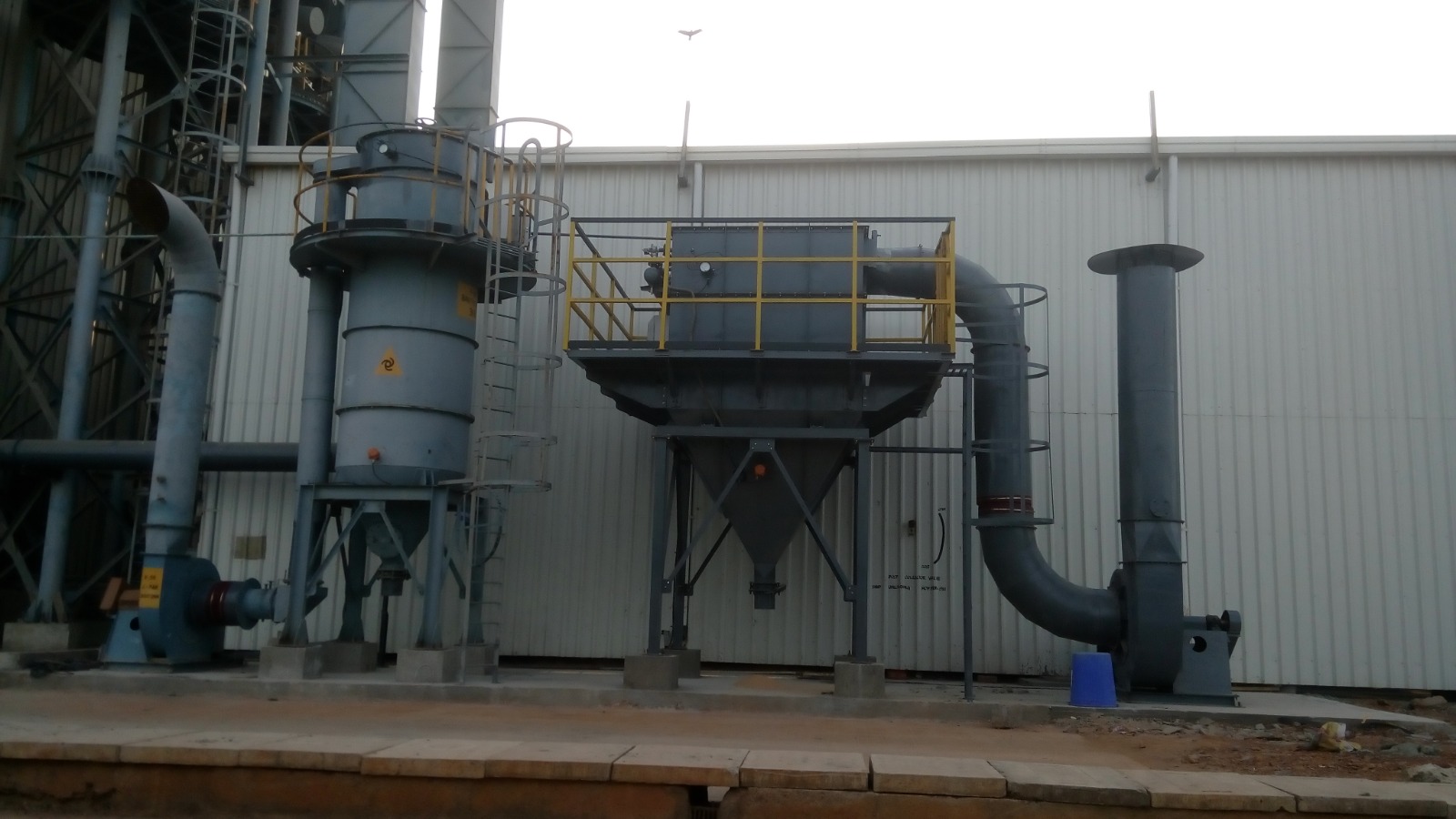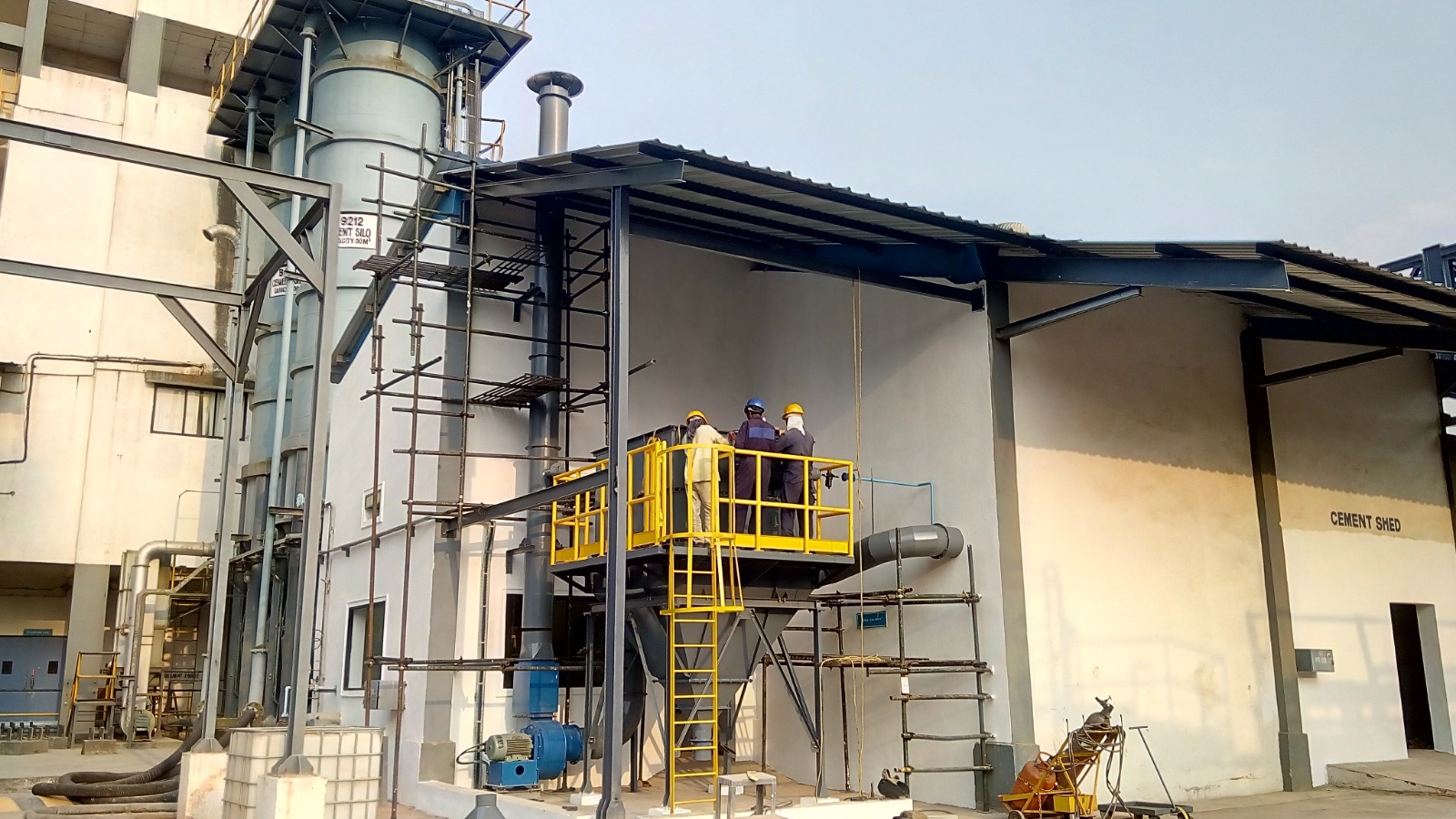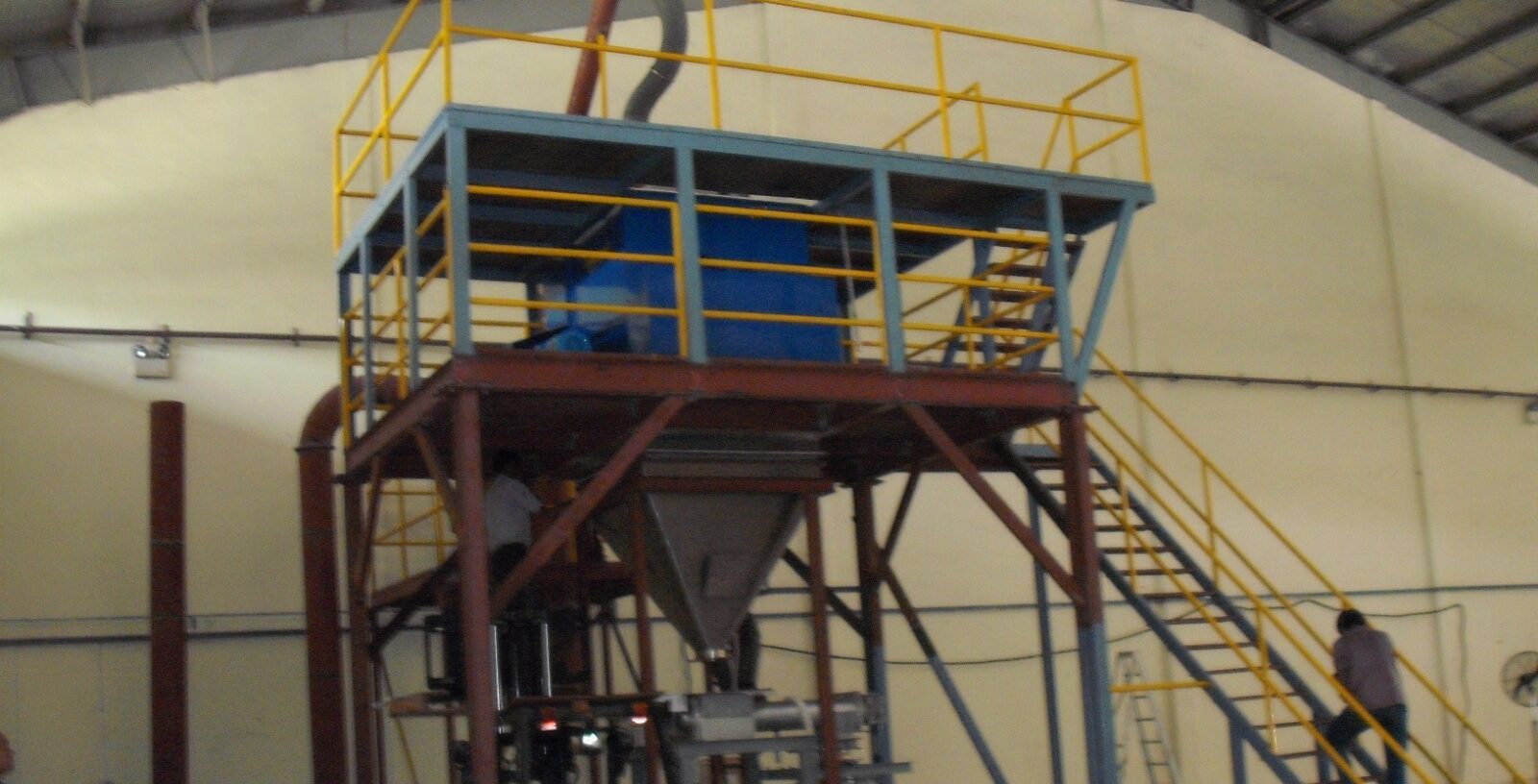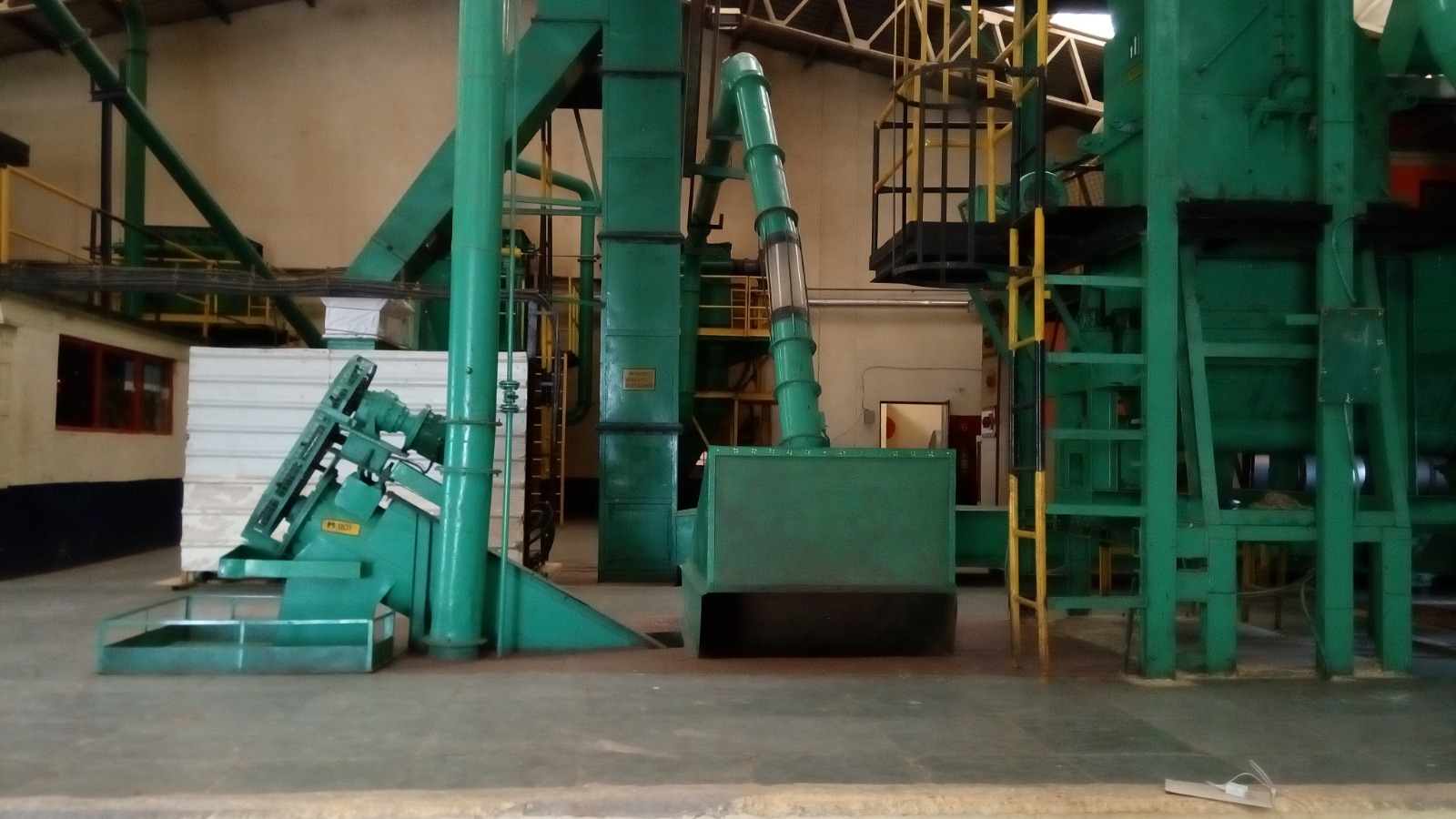Dust Extraction
Efficient Suspension of Bulk Solids in Fast-Moving Air Streams
Dust Extraction
Dilute phase pneumatic conveying systems transport bulk powders or granules by suspending them in a high-velocity airstream rather than pushing them as dense, slug-like masses. Operating at relatively low pressures—typically under one bar—and airspeeds between 15 and 30 meters per second, these systems maintain a low material-to-air ratio so that particles remain dispersed and flow smoothly through the pipeline. A blower or compressor generates the fast-moving air, while a rotary valve or venturi injector introduces material into the stream without disrupting system pressure. The enclosed pipeline is engineered to preserve suspension velocity and avoid abrupt bends that might cause material settling or wear. At the receiving end, a cyclone separator or bag filter removes the conveyed product from the airstream, allowing the clean air to vent out and the material to collect, with an optional dust collector installed to capture any fines and prevent environmental emission.




Clean, Compliant, and Efficient Air Filtration for Industrial Material Handling
Dust Extraction Systems
Flexible, Long-Distance Conveying for High-Volume Materials:
Dilute Phase Systems
One of the most appealing aspects of dilute phase systems is their flexibility; they can convey materials over long distances and navigate complex plant layouts without requiring extensive structural changes. Because the product remains suspended in the air, it can be routed through gently curved or inclined pipelines to reach remote processing or packaging stations. This continuous-flow approach makes dilute phase conveyors especially well-suited for large-volume operations, from flour and sugar in food processing to pharmaceutical powders, chemical pigments, and plastic granules. Adjusting the size of the blower or the diameter of the pipeline allows operators to scale capacity up or down, making it a cost-effective choice for many industries. However, since the high airspeeds can cause abrasion of fragile materials and demand more power than dense-phase alternatives, careful material selection and proper filtration at the receiver are crucial to maintain product integrity and control dust emissions.

